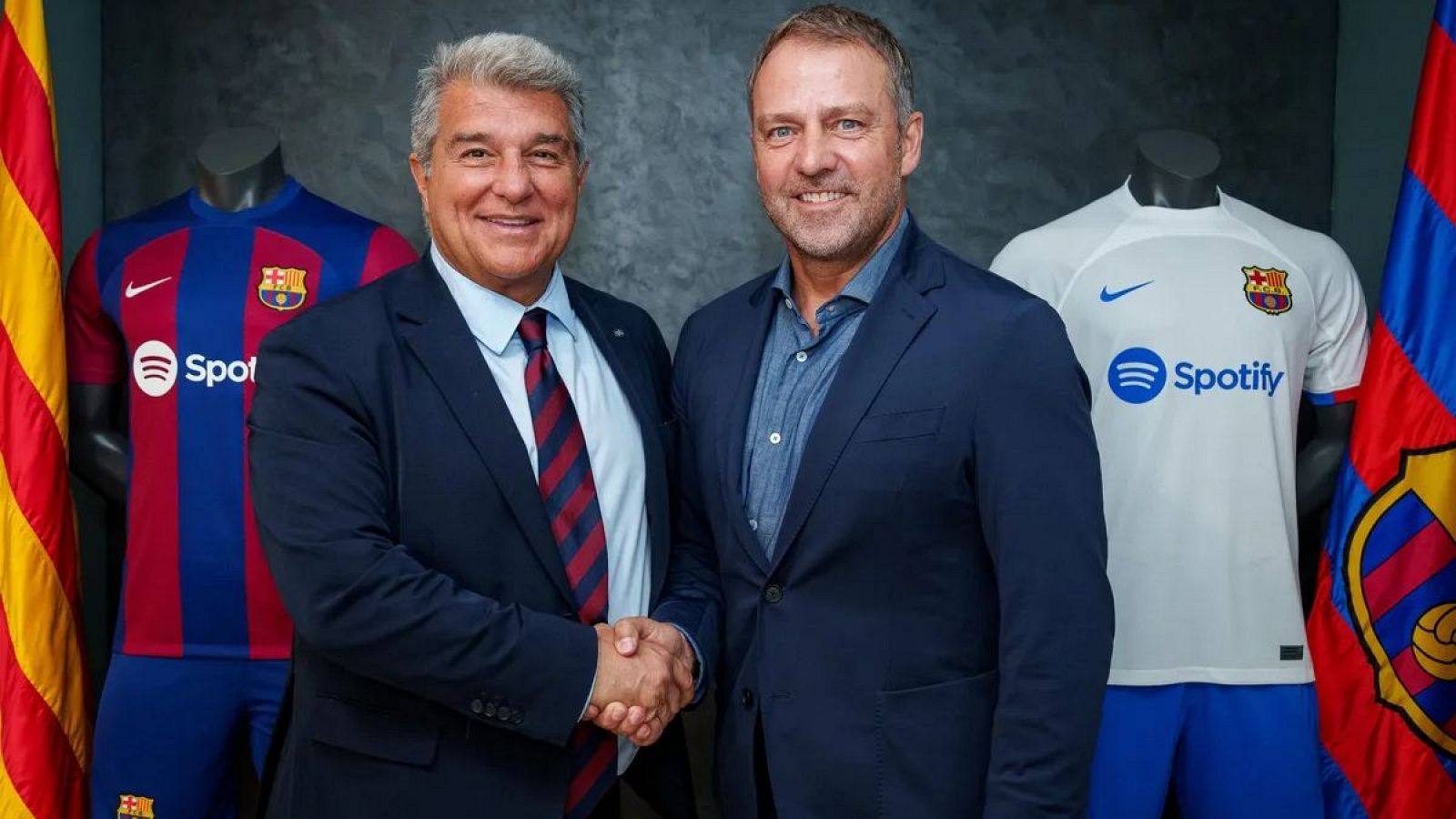Bussiness
Goldman Sachs-backed Simbe Robotics raises $50M in Series C funding to bolster retail robot business

Next time you’re at the grocery, don’t be alarmed if you spot a six-foot-tall robot, gliding its way down the dry goods aisle—checking on prices and seeing what’s in stock.
It’s just a Tally, the retail inventory robot designed by Simbe Robotics, that is making note of what items are sold out on the shelves, which prices need updating, and planning the most efficient routes for employees to bag online orders.
Simbe, a retail-focused robotics company, now has hundreds of robots out in retail and grocery store chains like Schnuck Markets, BJ’s Wholesale Club, and Albertsons. Last week, the company closed a $50 million Series C round led by Goldman Sachs’ growth equity fund and other previous investors like Eclipse Ventures and Valo Ventures. Simbe CEO Brad Bogolea says the company will use the money to start investing more in the technical and commercial side of its business—building out its product and engineering teams, as well as sales and marketing and customer support teams—and keep growing the company from around 75 people.
Robotics is a difficult market to operate a business: Accuracy is key, and many companies have failed. And yet, startups continue to attract investors—particularly as the prices for robotic hardware components have fallen and companies explore new ways to leverage AI. Robotics company Physical Intelligence, for example, is reportedly discussing a $2 billion valuation. OpenAI-backed Figure earlier this year raised $675 million at a $2.6 billion valuation. And Kyle Vogt, who cofounded GM-owned self-driving robotaxi company Cruise, raised $150 million earlier this year for his new robot company, even after his controversial separation from Cruise.
Simbe CEO Brad Bogolea wouldn’t specify the valuation his company garnered from the latest funding round, but said it was three times that of its last round, in July 2023, when Simbe raised $28 million. One of Simbe’s board members, who spoke on condition of anonymity because they were not authorized by their firm to speak on the record, confirmed the valuation was three times larger.
But while the amount of capital being thrown about may be flashy, it will be results that dictate whether any of these companies succeed, or fail like Alphabet’s Everyday Robots or the pizza-making robot Zume—whether their robots can actually perform tasks more effectively than a human, and therefore save money and time for people and the companies they work for.
At Simbe, which focuses on major retailers as its customers, the robot Tally—a tall, thin, white robot that rolls around on a circular base—goes up and down aisles and uses computer vision software to capture which items are out-of-stock or low-in-stock, what has been misplaced on the shelf, and which prices or promotions aren’t accurately labeled. In the backend, the robot is mapping out the store layout, sending alerts to employees on what to fix, and establishing routes for employees or third-party shoppers to put together online delivery orders.
Simbe is now working with 29 retail brands, Bogolea says. Some of those are still just pilots, although more than half of those brands have moved beyond piloting to real contracts. In some cases, such as with Schnucks, Tally has been rolled out in every store and become a robotic member of the workforce—helping reduce the inventory on hand, keep the shelves stocked, and sort out pricing errors in their stores.
Simbe CEO Bogolea told Fortune that the company, on average, saves retailers it works with about 4 to 6 times the cost of its service, although he wouldn’t specify specific pricing. What he did say was that Simbe offers a per-store monthly fee for its platform and hardware, charged in an annual subscription. Recently, Simbe also started offering retailers the option to sell data Simbe collects to the vendors who vie for prime shelf space at their stores—to get data on how much inventory should be kept on hand, or optimal shelf placement. Simbe, in turn, will take a portion of the revenue that retailer makes from the data.
New era in robotics
With newfound advancements in AI—and, in particular, foundation models, which are designed to incorporate enormous amounts of data to perform a wide set of tasks—many of the newer robotic entrants are trying to take new approaches to how robots move and operate. It’s a job that can entail steep computing costs—and some investors and industry insiders say it’s still unclear whether the approach will ultimately work. Either way—it requires lots and lots of data.
“When it comes to robots, that data is unavailable. You have to collect it,” says Sarjoun Skaff, the former CEO Bossa Nova Robotics, one of the original retail robotics companies. “It takes a large investment in data capture to take steps towards a foundational model.”
Simbe Robotics has not incorporated these kinds of models into the robot itself, according to Bogolea. It’s been building upon computer vision and robotics perception to autonomously navigate robots through the aisles since it started nine years ago. But where Bogolea does see significant opportunity in foundation models is how his company will further mine the data it collects afterward, apply it to foundation models, and then deliver more meaningful business analytics to its customers.
“You’ve had companies wandering around through satellite and with lidars and cameras on cars, wandering streets, but we really lack the kind of data to train foundational models on things that are off-road and non-urban,” says Simbe Robotics investor Aidan Madigan-Curtis of Eclipse Ventures, who led Simbe’s Series B. She added that Simbe is one of the “companies gathering a lot of critical information about these spaces, and so they’ll be well positioned.”
But one challenge for Simbe may be keeping retailers interested—and selling new ones on the opportunity for cost savings. Skaff explained how Bossa Nova Robotics, which had raised more than $100 million in venture funding, according to PitchBook, had deployed robots across 600 Walmart supercenters in a major contract before the retailer opted to pull the plug. Bossa Nova struggled to find new customers for its robots after losing such a large contract, and eventually had to shut down at the end of last year.
Curtis said that this “market is still forming”—and that many retailers haven’t considered using robots for maintaining their shelves. “It’s much easier to sell to a market where everybody knows they need it and they have a budget,” she says.
As for people shopping in the stores, they haven’t seemed to need much convincing to appreciate Tally the robot. Bogolea explained how Simbe has received emails and letters from robot fans.
He shared an email from one woman from July, saying that her niece, who is 7, was “so excited” to see the robot in action that she asked if the company sold t-shirts, or any kind of merch she could buy for her.
“Shirley can’t wait to go back to school and tell her STEM teacher all about her robot visits this summer,” the woman wrote.










